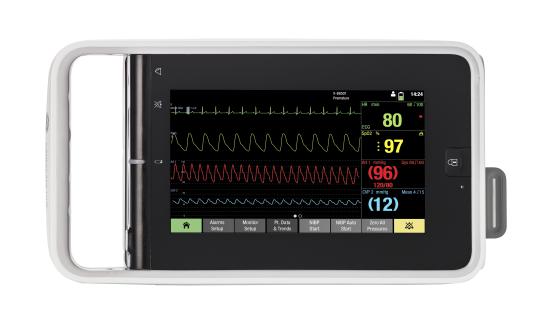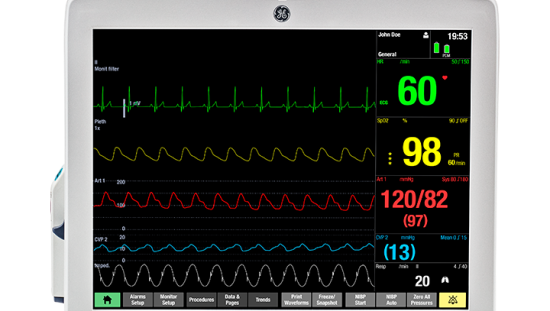Reviewing the current practice of neuromuscular blocking drugs and reversal agents dosing: A conversation with Professor Manfred Blobner, MD
Speakers
The phenomena of residual curarisation and recurarisation after the use of long-acting, non-depolarising neuromuscular blocking drugs such as tubocurarine and pancuronium are well recognised.
Luckily, the incidence seems to decline with the introduction of atracurium and vecuronium. However, recently there have been an increasing number of reports of residual and recurrent neuromuscular block. Some of these reports are due to inappropriate doses of rocuronium and/or sugammadex being used, together with inadequate neuromuscular monitoring.
This webinar encourages clinicians to review their practice when using neuromuscular blocking drugs and reversal agents. It also covers the importance of using quantitative neuromuscular monitoring whenever neuromuscular blocking drugs are administered.

Prof. Manfred Blobner
Prof. Blobner is a Professor of Anesthesiology and the Coordinator of the Residency Program at Technische Universität München. He completed his Medical degree from the Faculty of Medicine of Technische Universität München. He also completed his training from the Department of Anesthesiology of the same institution. He holds Diplomas in Emergency Medicine, Anesthesiology, and Intensive Care Medicine. He has won multiple Excellence in Research Awards from different medical societies. He has been the Principal Investigator in multiple clinical trials. He has authored 136 journal publications, written 10 book chapters, and is a reviewer for 9 international medical journals. His clinical fields of interest include: outcomes related to perioperative volume resuscitation techniques, outcomes related to management of neuromuscular function, and early goal-directed mobilization.










